
The breast cancer treatment landscape is changing, and the optimal adjuvant endocrine therapy for premenopausal women with hormone receptor (HR)-positive breast cancer is uncertain.

Your AI-Trained Oncology Knowledge Connection!


The breast cancer treatment landscape is changing, and the optimal adjuvant endocrine therapy for premenopausal women with hormone receptor (HR)-positive breast cancer is uncertain.

At the ASCO/AACR Joint Session on Inflammatory Cells and Cancer, Dr. Andrew Dannenberg from Weill Cornell Medical College, gave a fascinating lecture titled “Stromal Inflammation and Solid Tumors.”

As part of our coverage of the 2014 ASCO Annual Meeting, we discuss treatment strategies for breast cancer patients who harbor either the BRCA1 or BRCA2 mutation.

After surgery, adjuvant therapy with trastuzumab alone works just as well as trastuzumab combined with lapatinib for women with early-stage HER2-positive breast cancer.
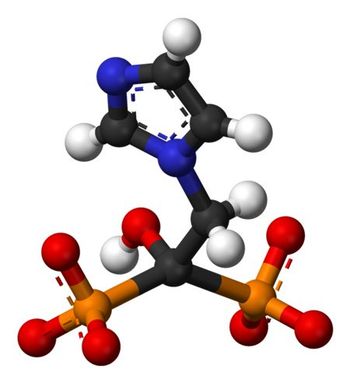
Zoledronic acid given every 12 weeks was just as efficacious as the drug administered at the standard dosing schedule of every 4 weeks for breast cancer patients with bone metastases.

Metastatic breast cancer patients with insulin resistance have a significantly worse prognosis, according to the results of a study presented at the 2014 ASCO Annual Meeting.
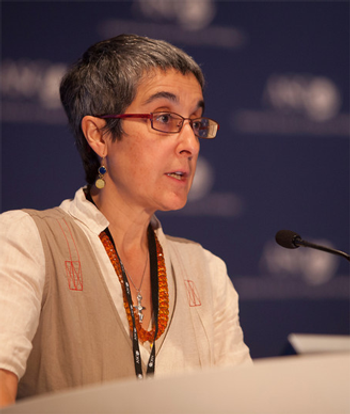
The combined analysis of two phase III clinical trials shows that exemestane, an aromatase inhibitor, may better prevent breast cancer recurrence in women with early-stage hormone receptor–positive breast cancer, as compared with tamoxifen.
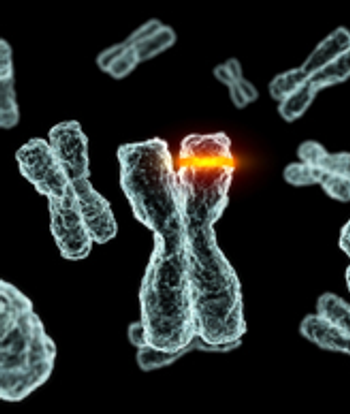
A follow-up analysis of gene expression signatures from the CALGB 40601 trial shows that certain HER2-positive early-stage breast cancer patients may not benefit from more aggressive chemotherapy treatments as part of a neoadjuvant regimen, and that patients with HER2-enriched tumors responded best to dual anti-HER2 treatment.

A new study shows that women diagnosed with cancer in one breast often opt to undergo a contralateral prophylactic mastectomy, even though they may not have a significant risk of developing cancer in the other breast.
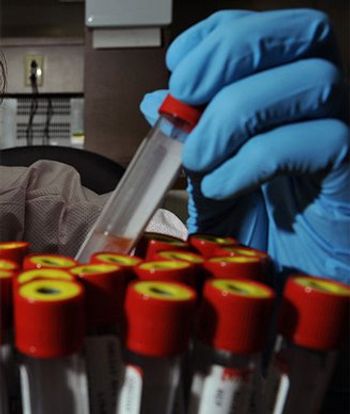
Detectable circulating tumor cells in early breast cancer patients can predict prognosis, according to a newly published study.

An analysis of early-stage breast cancer shows that obesity raises the risk of dying from breast cancer for pre-menopausal women diagnosed with ER-positive disease.

The progress that has been made by the surgical breast oncology community is a well-deserved source of pride. This is not to say, however, that our work is complete.

Validation of sentinel lymph node (SLN) dissection (SLND) as an alternative to axillary lymph node dissection (ALND) has been a significant advance in the surgical management of breast cancer.

Molecular imaging allows accurate detection of metastatic disease. It also allows for noninvasive assessment of tumors and is a predictor of response to therapy.

However, it is becoming ever clearer that tumor characteristics can change during the course of disease. Given this change over time, other supporting techniques for guiding therapy would be of value. Molecular radionuclide imaging with positron emission tomography (PET) can potentially fulfill this need.
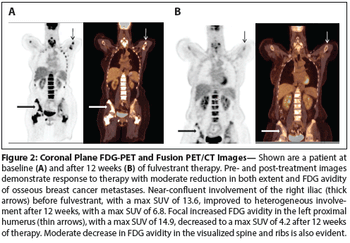
We review how radiolabeled glucose and estrogen analogs can be used in breast cancer patients. We focus this review on the application of positron emission tomography imaging to ER-positive metastatic breast cancer as an example of how imaging can guide breast cancer treatment.
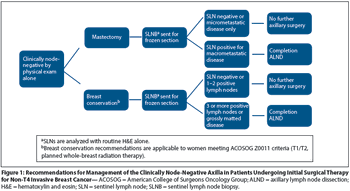
Here we review the evolution of sentinel lymph node biopsy for the management of clinically node-negative breast cancer, and we address the current controversies and management issues.

With the goal of helping to standardize and optimize care, ASCO has issued two new clinical guidelines on treating patients with HER2-positive breast cancer.

A retrospective analysis found that breast cancer patients with advanced disease are 1.6 times more likely to incur postoperative complications compared with early-stage patients.
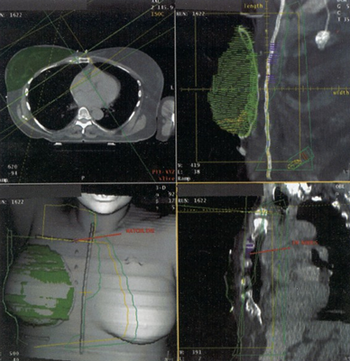
Breast cancer patients who had an axillary lymph node dissection had more complications compared with those who underwent radiotherapy for node-positive disease.
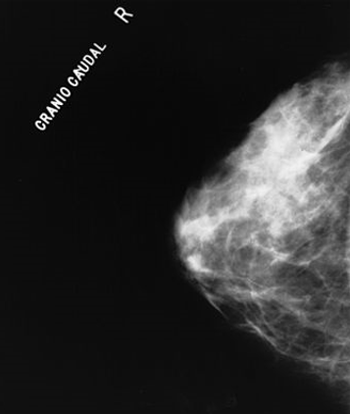
Physicians can help older women make informed mammography decisions by taking into account life expectancy and the harms and benefits of breast cancer screening.
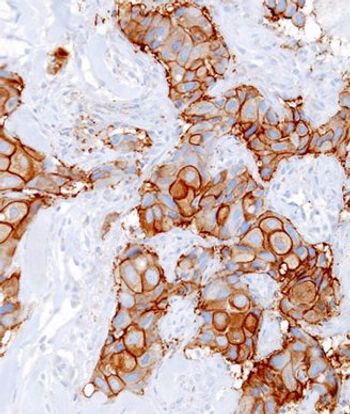
Dual HER2-targeted treatment with T-DM1 and pertuzumab resulted in positive antitumor activity in patients with HER2-positive, locally advanced or metastatic breast cancer, with an overall response rate of 41%.
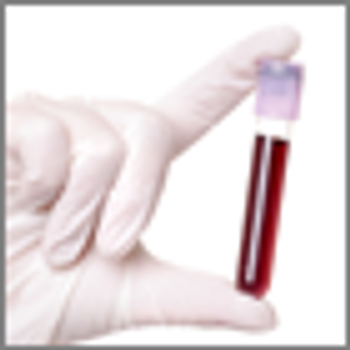
A new pilot study demonstrates the ability of a blood-based test to detect metastatic breast cancer recurrence with high sensitivity and specificity.

It will be critically important to await the longer-term DFS and OS results from the neoadjuvant studies, as well as the adjuvant studies evaluating dual HER2 blockade, prior to these approaches truly becoming the standard of care.

Therapies targeting HER2 have revolutionized the treatment of breast cancer. Trastuzumab is the foundation of treatment for women with HER2-positive breast cancer. The challenge ahead is to develop predictors that can identify patients for whom trastuzumab alone will be sufficient.